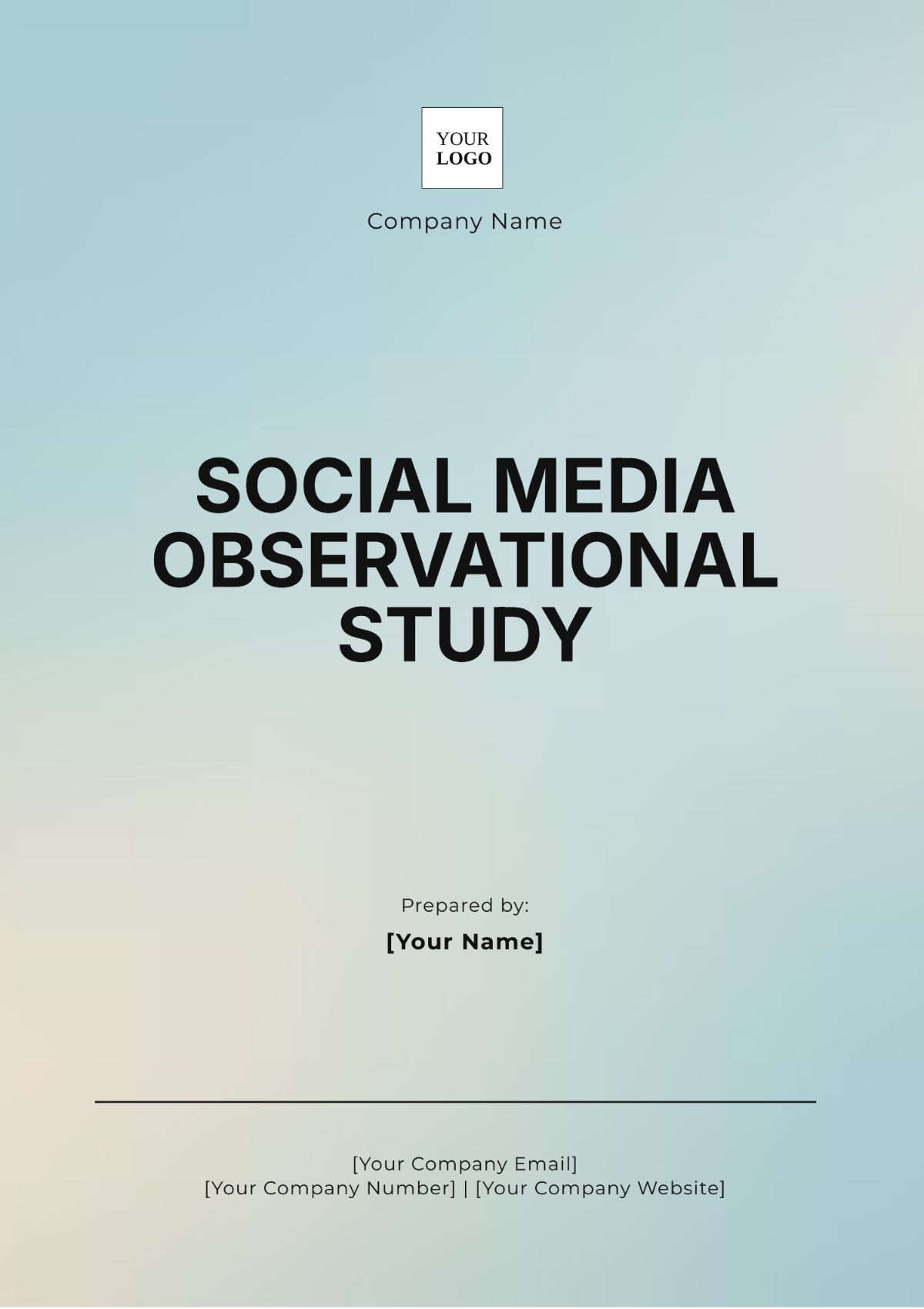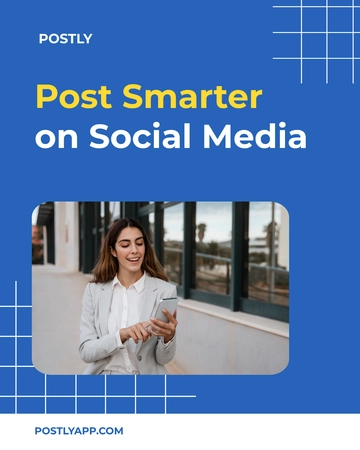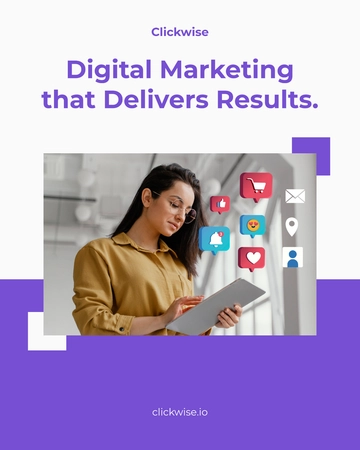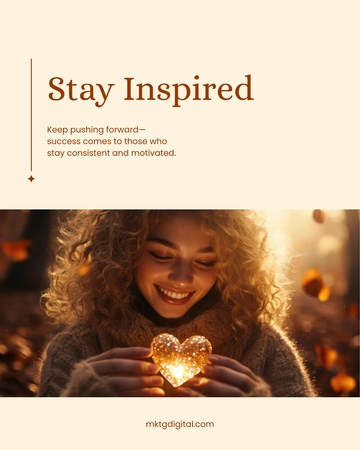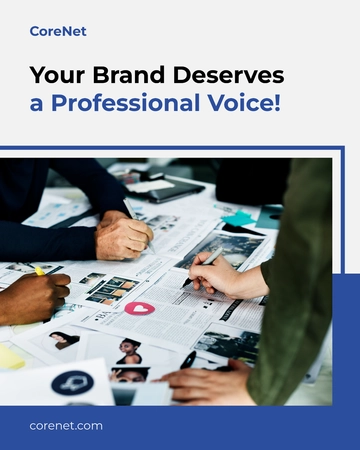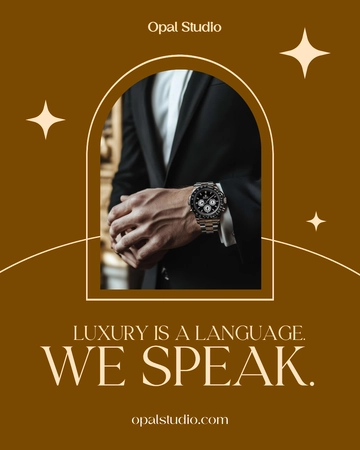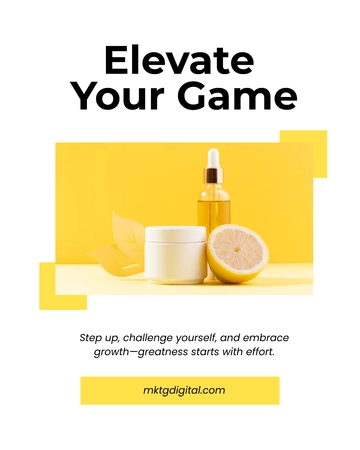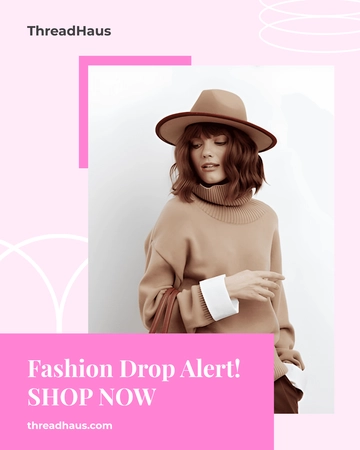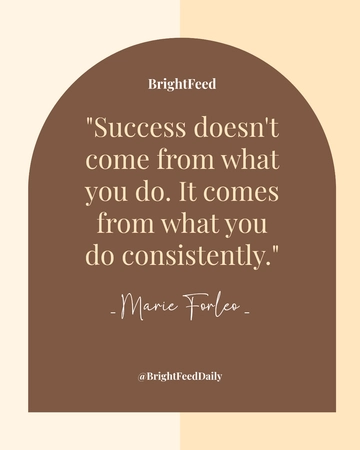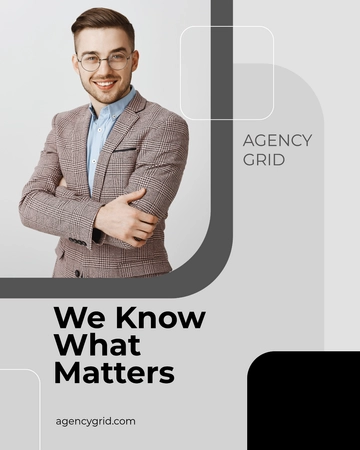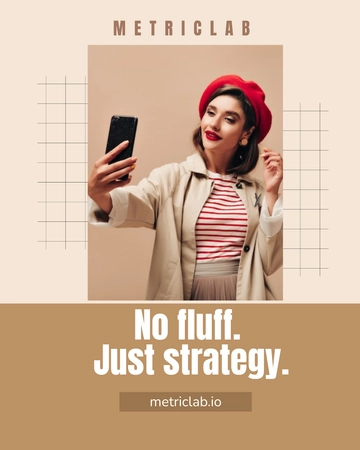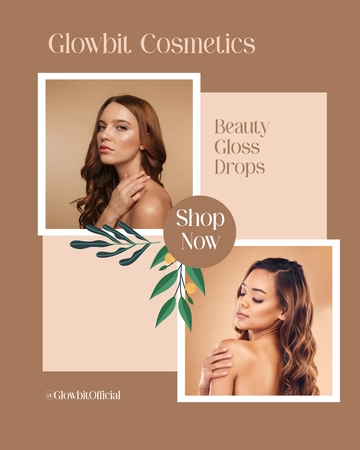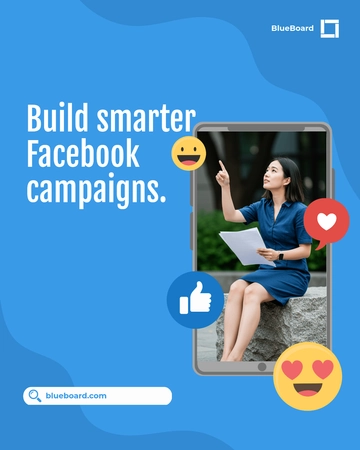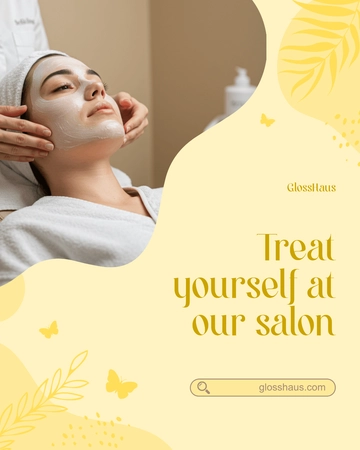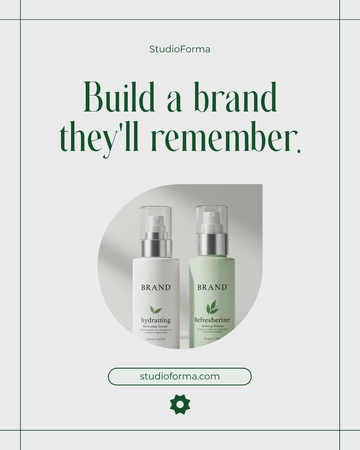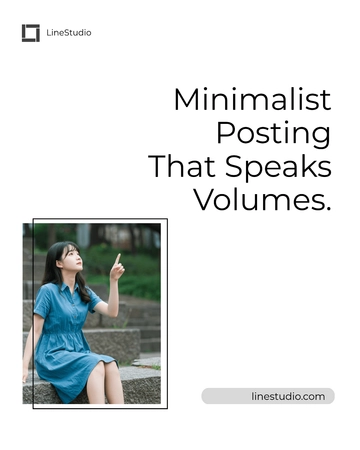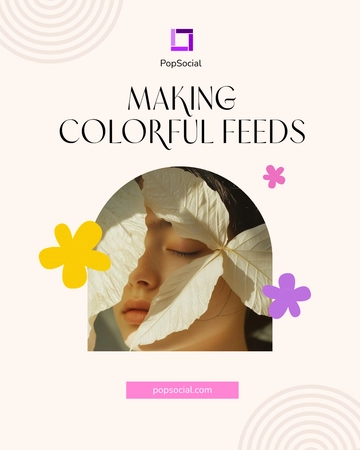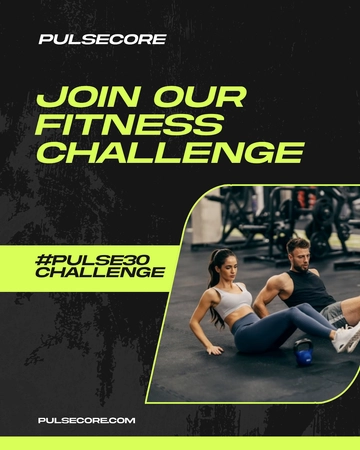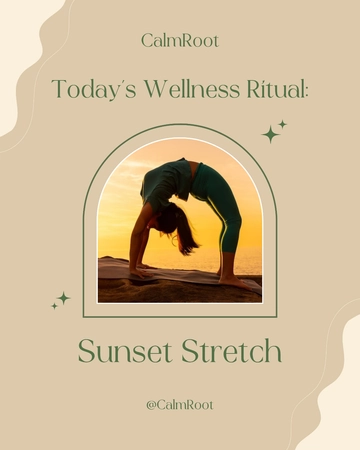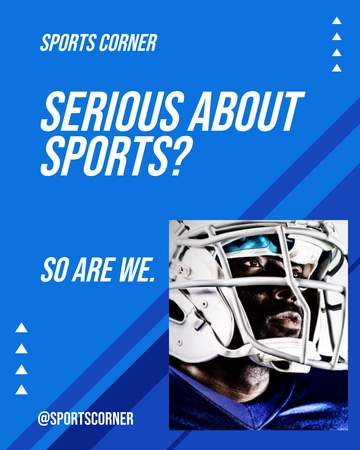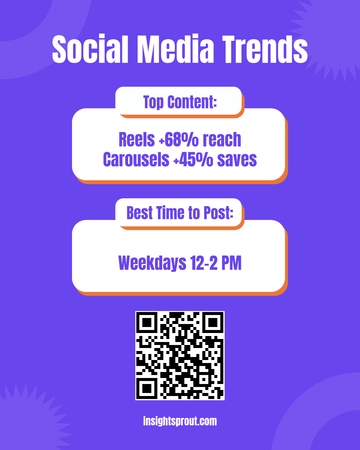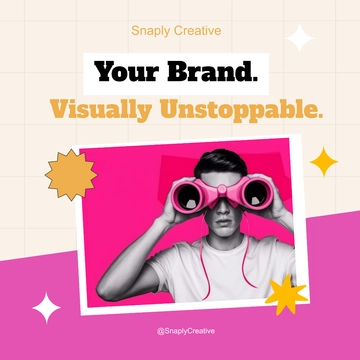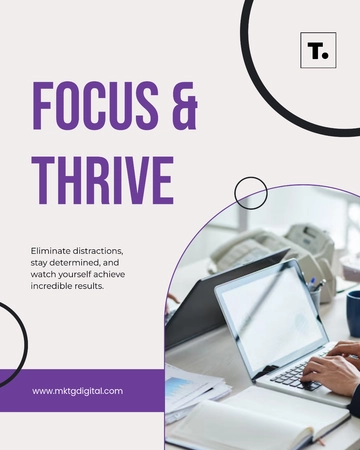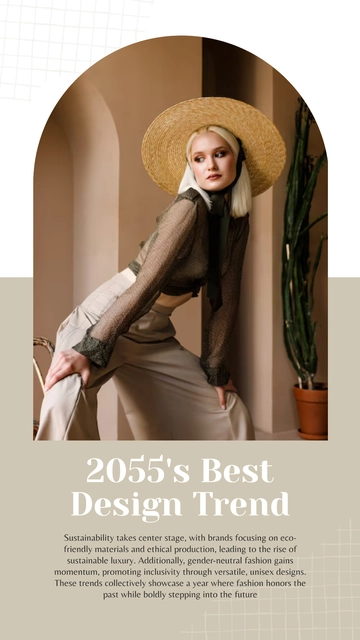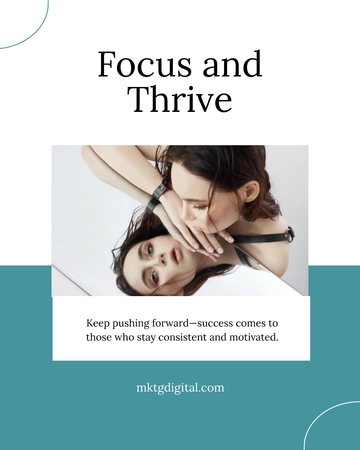Social Media Observational Study
1. Objective or Purpose
To evaluate the effectiveness of new product launch campaign on [Platform Name], analyzing user engagement, sentiment, and reach over a 30-day period. The study aims to identify which types of content generate the highest engagement and how user sentiment changes based on content themes.
2. Platform Details
Platform Name: [e.g., Instagram, Facebook, Twitter]
Profile/Account Observed: [e.g., @BrandNameOfficial]
Content Types Studied:
Images: Promotional images, product photos, user-generated content (UGC).
Videos: Product demos, influencer collaborations, behind-the-scenes clips.
Stories: Daily updates, limited-time offers, polls, Q&A sessions.
Live Sessions: Weekly live streams showcasing product features and engaging with the audience.
3. Audience
Demographics:
Age: 18-35 years
Gender: 65% female, 35% male
Location: Primarily U.S.-based with secondary markets in Canada and the U.K.
Interests: Fitness, health, beauty, fashion.
Behavior:
Peak Activity Times: 6:00 PM to 10:00 PM on weekdays; weekends show consistent engagement throughout the day.
Engagement Preferences: Higher interaction with video content, especially influencer-led promotions, followed by stories with interactive polls or quizzes.
Follower Base:
Total Followers: 350,000 as of September 1, 2050.
Average Monthly Growth: 5% increase in followers during the campaign period.
4. Key Metrics
Engagement Rate:
Average engagement per post: 4.8% (likes, comments, shares).
Influencer collaborations resulted in a 7.2% engagement rate, outperforming non-collaborative posts.
Content Reach:
Image-based posts: Average reach of 25,000 users.
Video content: Average reach of 40,000 users.
Stories: 15,000 views per story with interactive elements.
Sentiment Analysis:
Positive feedback on new product line: 80% positive, 15% neutral, 5% negative.
Promotional content: 50% positive, 30% neutral, 20% negative.
Follower Growth:
Response Time:
Average response time to comments: 2 hours during business days.
Live session Q&A responses: Immediate during live streams, boosting engagement.
5. Observation Timeline
Start Date: September 1, 2050
End Date: September 30, 2050
Observation Frequency:
Daily observations at key times: 10:00 AM, 2:00 PM, and 7:00 PM to capture peak and off-peak behavior.
Weekly summary of high-performing posts to track trends.
6. Findings
Post Engagement:
Post 1 (September 5, 2050): 3,500 likes, 500 comments (80% positive feedback), 200 shares
.
Post 2 (September 10, 2050): 2,200 likes, 300 comments (60% positive, 30% neutral), 180 shares.
Post 3 (September 18, 2050): 5,000 likes, 700 comments (85% positive), 350 shares.
Content Performance:
Influencer video collaboration (September 12, 2050): Highest engagement, 7,000 likes, 1,000 comments, 400 shares, with 95% positive feedback.
Product launch images (September 20, 2050): Moderate engagement, 4,200 likes, 400 comments, 250 shares, but lower sentiment (70% positive, 15% neutral, 15% negative).
Audience Behavior:
Increased engagement on posts featuring behind-the-scenes content (30% more interaction than standard product photos).
Stories with polls saw a 50% higher response rate compared to stories without interactive elements.
Video content, especially influencer-led, consistently outperformed image-based posts by 40%.
Sentiment Analysis:
Positive sentiment: 75% overall for posts featuring user-generated content and testimonials.
Neutral or negative sentiment: Primarily on posts perceived as overly promotional or lacking authenticity (20% of comments).
7. Analysis
Video content significantly outperformed image posts, with an average reach of 40,000 compared to 25,000 for images. Influencer collaborations were the most successful, drawing a 7.2% engagement rate.
Engagement peaks between 6:00 PM and 8:00 PM, making this the ideal time for content release.
Audience responds more favorably to authentic content, such as behind-the-scenes footage or user-generated content, as opposed to direct promotional posts.
8. Conclusion
Conclusion:
The product launch campaign was largely successful in increasing both engagement and follower growth. Video content, particularly when featuring influencers, was the top-performing format. However, purely promotional posts saw lower engagement and sentiment.
Recommendations:
Increase the use of video, especially in collaboration with influencers, to boost engagement.
Post content during peak hours (6:00 PM to 8:00 PM) for maximum reach.
Incorporate more behind-the-scenes content and interactive stories (e.g., polls, quizzes) to encourage user interaction.
Limit direct promotional posts or integrate them with storytelling to enhance authenticity and positive sentiment.
Observational Study Templates @ Template.net
